Which Digital Slr Camera Should I Buy ?
The choice of which digital SLR camera to buy depends on your specific needs and preferences. Some popular options include Canon EOS 5D Mark IV, Nikon D850, Sony Alpha A7 III, and Fujifilm X-T4. It is recommended to research and compare different models based on factors such as image quality, features, price, and compatibility with lenses and accessories. Additionally, considering your level of expertise and intended use (e.g., professional photography, casual shooting, video recording) can help narrow down the options and make an informed decision.
1、 Sensor size and resolution in digital SLR cameras
Sensor size and resolution are two crucial factors to consider when buying a digital SLR camera. The sensor size determines the amount of light the camera can capture, while resolution determines the level of detail in the images.
When it comes to sensor size, there are generally two types: full-frame and APS-C. Full-frame sensors are larger and offer better low-light performance and dynamic range. They also provide a shallower depth of field, which is desirable for portrait and landscape photography. However, full-frame cameras tend to be more expensive and heavier.
On the other hand, APS-C sensors are smaller and more affordable. They are suitable for beginners or photographers on a budget. APS-C cameras have a crop factor, meaning the focal length of the lens is effectively multiplied. This can be advantageous for wildlife or sports photography, as it provides extra reach.
Resolution refers to the number of pixels on the sensor and determines the level of detail in the images. Higher resolution cameras produce larger files and allow for more flexibility in cropping and printing. However, unless you plan on printing large-scale images or doing extensive post-processing, a resolution of around 20-24 megapixels is generally sufficient for most photographers.
In terms of the latest point of view, technology is constantly evolving, and camera manufacturers are pushing the boundaries of sensor size and resolution. Full-frame mirrorless cameras have gained popularity in recent years, offering a compact and lightweight alternative to traditional DSLRs. These cameras often feature high-resolution sensors and advanced autofocus systems.
Ultimately, the choice of which digital SLR camera to buy depends on your specific needs, budget, and level of expertise. It is recommended to try out different cameras and lenses before making a decision, and to consider factors such as lens compatibility, ergonomics, and the availability of accessories and support.
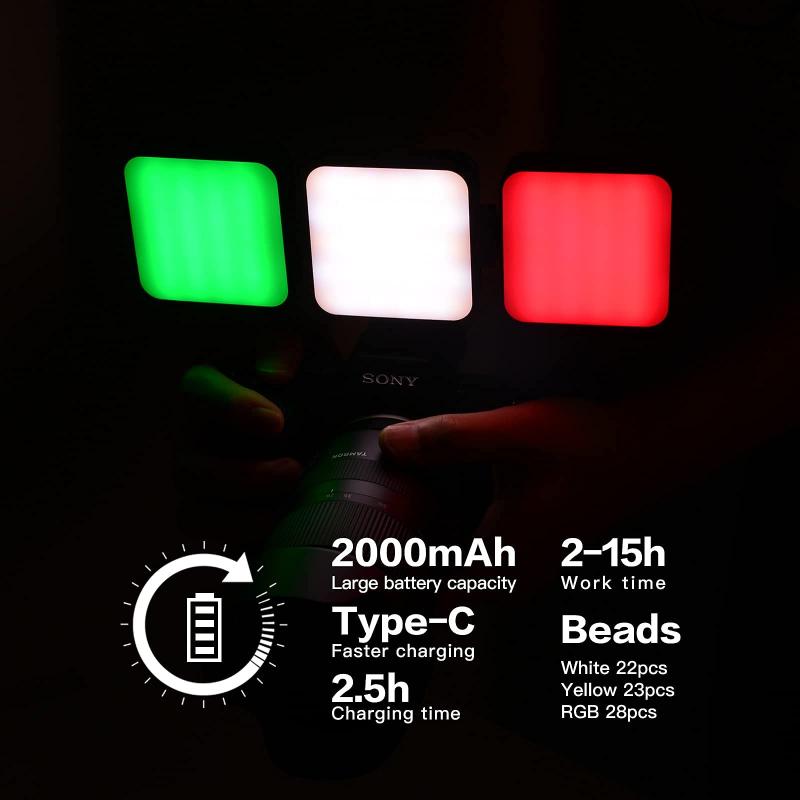
2、 Lens compatibility and options for digital SLR cameras
Lens compatibility and options for digital SLR cameras are important factors to consider when deciding which camera to buy. The lens compatibility of a camera determines the range of lenses that can be used with it, allowing for greater flexibility and creativity in photography.
When it comes to lens compatibility, the two major players in the digital SLR camera market are Canon and Nikon. Both brands offer a wide range of lenses that are compatible with their respective camera systems. Canon uses the EF and EF-S lens mounts, while Nikon uses the F-mount system. These mounts have been around for many years and have a vast selection of lenses available, including wide-angle, telephoto, macro, and specialty lenses.
In recent years, mirrorless cameras have gained popularity, offering a more compact and lightweight alternative to traditional DSLRs. Mirrorless cameras use different lens mounts, such as Sony's E-mount or Fujifilm's X-mount. While these systems may not have as extensive a lens lineup as Canon or Nikon, they still offer a variety of lenses to suit different photography needs.
When considering lens options, it's important to think about the type of photography you plan to do. If you're interested in landscape or architectural photography, a wide-angle lens would be a good choice. For wildlife or sports photography, a telephoto lens with a long focal length would be more suitable. Macro lenses are great for close-up photography, while prime lenses offer excellent image quality and low-light performance.
In terms of the latest point of view, the market for digital SLR cameras is evolving rapidly. Mirrorless cameras are becoming increasingly popular due to their smaller size, advanced features, and growing lens options. Many photographers are now considering mirrorless cameras as a viable alternative to traditional DSLRs.
Ultimately, the choice of which digital SLR camera to buy depends on your specific needs and preferences. Consider factors such as lens compatibility, lens options, and the latest trends in the market to make an informed decision. It's also a good idea to try out different cameras and lenses before making a purchase to see which system feels most comfortable and suits your shooting style.

3、 Autofocus system and performance in digital SLR cameras
The question of which digital SLR camera to buy is a common one, and the answer depends on various factors such as personal preferences, budget, and intended use. However, one crucial aspect to consider is the autofocus system and performance of the camera.
Autofocus technology has come a long way in recent years, with advancements in both speed and accuracy. When choosing a digital SLR camera, it is important to look for a model that offers a fast and reliable autofocus system. This is particularly important for capturing fast-moving subjects or shooting in low-light conditions.
One of the latest advancements in autofocus technology is the introduction of phase detection autofocus (PDAF) systems in mirrorless cameras. PDAF allows for faster and more accurate autofocus performance, making it a desirable feature to look for in a digital SLR camera.
Another important consideration is the number and arrangement of autofocus points. More autofocus points provide greater flexibility in composing your shots and tracking moving subjects. Look for a camera that offers a sufficient number of autofocus points, preferably spread across the frame, to ensure accurate focus in various shooting situations.
Additionally, consider the performance of the autofocus system in different lighting conditions. Some cameras excel in bright light but struggle in low-light situations. Look for a camera that offers good autofocus performance in a range of lighting conditions, as this will greatly enhance your shooting experience.
In conclusion, when deciding which digital SLR camera to buy, pay close attention to the autofocus system and performance. Look for a camera that offers a fast and accurate autofocus system, preferably with phase detection autofocus technology. Consider the number and arrangement of autofocus points, as well as the camera's performance in different lighting conditions. By considering these factors, you can ensure that you choose a camera that meets your autofocus needs and enhances your photography experience.
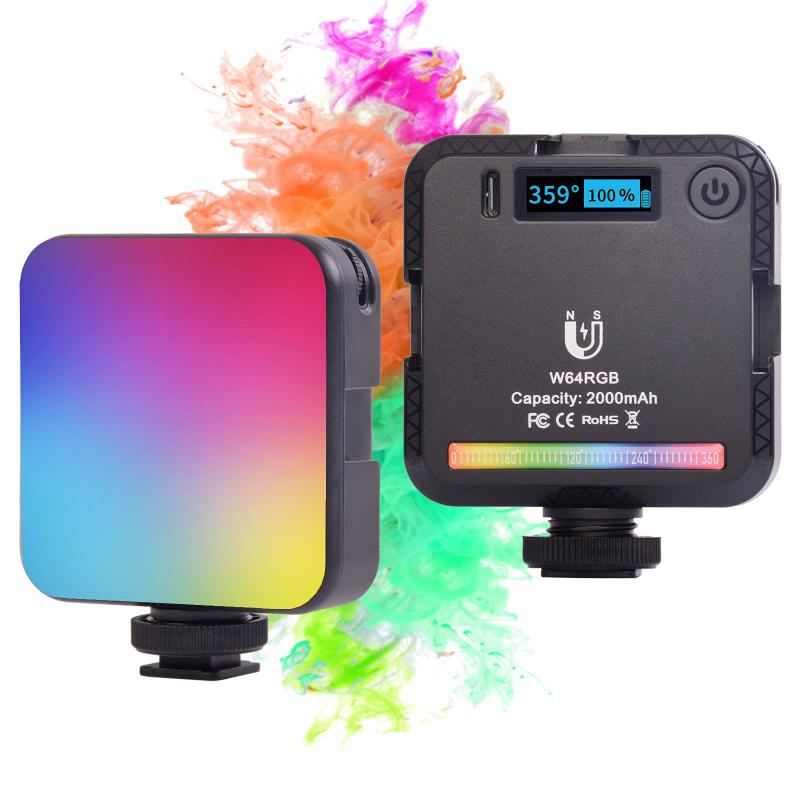
4、 Image stabilization features in digital SLR cameras
Image stabilization features in digital SLR cameras have become increasingly important for photographers looking to capture sharp and clear images. These features help to reduce camera shake and blur caused by hand movement, allowing photographers to shoot at slower shutter speeds without compromising image quality.
When considering which digital SLR camera to buy, it is crucial to evaluate the image stabilization capabilities. There are two main types of image stabilization: optical and sensor-shift. Optical image stabilization is built into the lens and physically moves lens elements to compensate for camera shake. Sensor-shift image stabilization, on the other hand, moves the camera's image sensor to counteract movement.
Both types of image stabilization have their advantages. Optical stabilization tends to be more effective for longer focal lengths and is often preferred by professional photographers. Sensor-shift stabilization, on the other hand, is more versatile as it works with any lens attached to the camera.
In recent years, there have been advancements in image stabilization technology. Some cameras now offer dual image stabilization, which combines both optical and sensor-shift stabilization for even better results. Additionally, manufacturers have been improving the effectiveness of their image stabilization systems, allowing photographers to shoot at slower shutter speeds and in low-light conditions with greater confidence.
When deciding which digital SLR camera to purchase, it is essential to consider your specific needs and shooting style. If you primarily shoot with telephoto lenses or require the highest level of stabilization, a camera with optical image stabilization may be the best choice. However, if you prefer using a variety of lenses or want a more versatile stabilization system, a camera with sensor-shift stabilization or dual image stabilization may be more suitable.
Ultimately, the decision on which digital SLR camera to buy should be based on your individual requirements, budget, and preferences. It is recommended to research and compare different camera models, read reviews, and even try out cameras in person to determine which one offers the best image stabilization features for your needs.
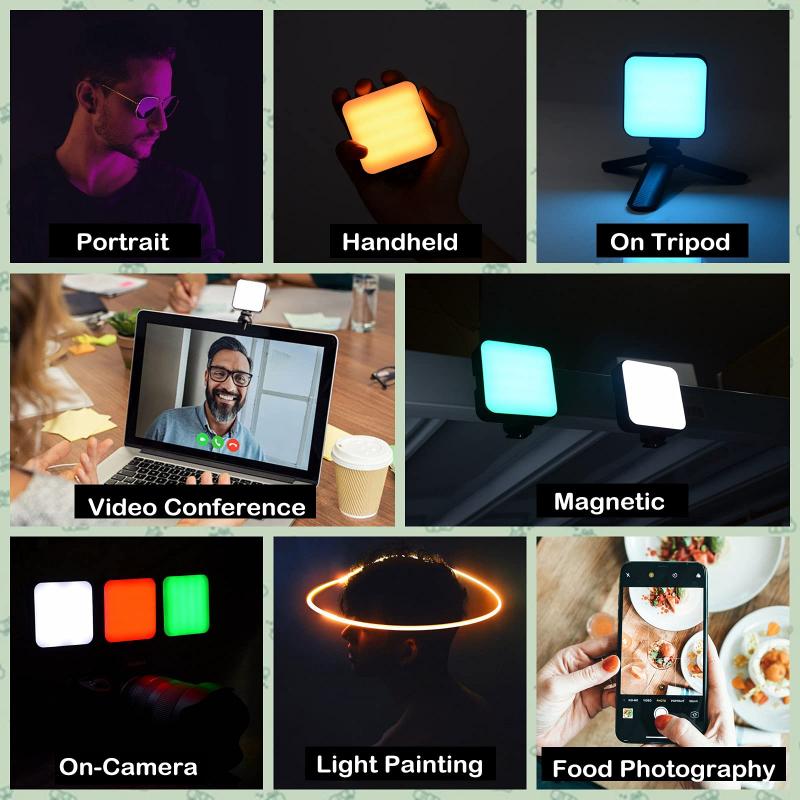

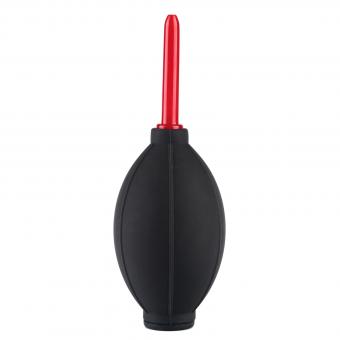








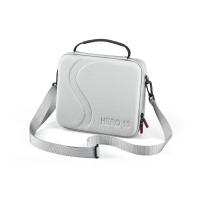


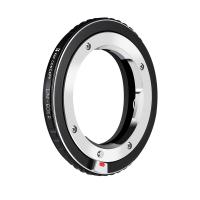



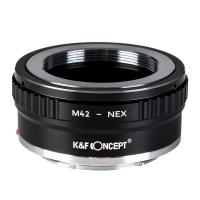
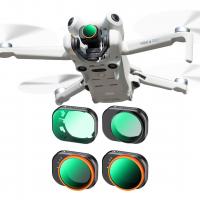
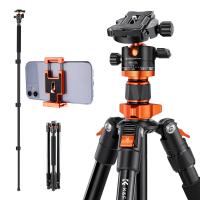
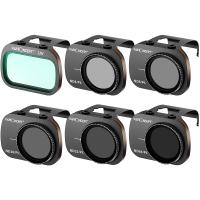
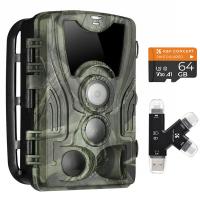

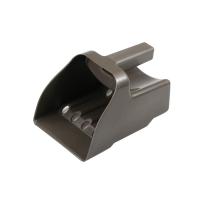


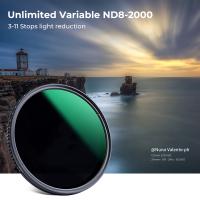

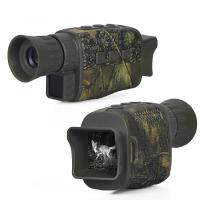
There are no comments for this blog.